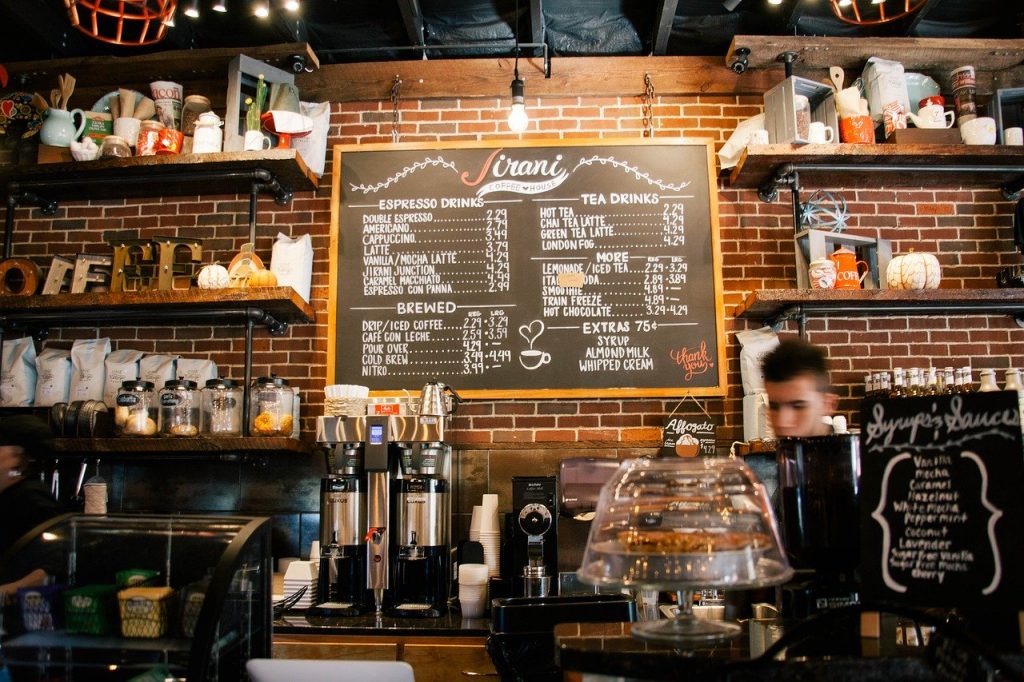
As times change, so do the demands of people.
Nowadays, it’s much more practice for people to stay in the comfort of their homes and wait for the food to arrive instead of the other way around.
Food delivery is nothing new where people call in the restaurant to place their orders for delivery. But some food chains are much savvier with taking deliveries. Instead of just phone calls, they take customer orders via their app or a third-party vendor that has an app.
In this post, we’ll dive into the food ordering system and how you as restaurant owners can leverage it to your advantage if you want to grow your business and bend to the will of your customers.
Why a food ordering system is necessary

I touched upon some of the points that make a food ordering system a vital part of your food business. However, below are some of the reasons explaining the need for having a food ordering system in your restaurants:
Save money
Uber Eats and third-party services to take customer orders and deliver them takes away 30% off your total sales. Relying on them slowly eats away (not pun intended) from your earnings. With a food ordering system, you don’t have to worry about sharing the profits since you get to keep 100% of it.
Freedom to make changes
By building your own system, you have full control over how to feature the items on sales and how they will appear to visitors and customers. This way, you can even measure how many sales you can generate from your system and make the necessary changes to even grow your profits.
Develop loyal customers
The real reason you should keep everything in-house is to build a loyal customer base who will keep ordering from you. Setting up an effective food order system sooner than later will compel people to buy from you instead of your competitors.
How to set up a simple food ordering system
There are lots of factors involved in creating a food ordering system for your restaurant. Thankfully, it shouldn’t be too complicated especially if you follow the steps below.
Using the right CMS
Much has been said about WordPress being one of the best website platforms in the market. Here, what makes WordPress ideal for your food ordering system is its integrations. There are lots of plugins that you can use to build your system even if you don’t have any coding experience.

However, you do have to purchase a domain and web hosting to make your WordPress site work. This might take time for beginners to learn and set up properly, but it should be smooth sailing from here on out.
From here, you can even build an even more powerful website on top of your food ordering system.
Enabling ecommerce capabilities
WordPress in itself is not an online store. But as mentioned earlier, with the ability to install different plugins, you can turn your WordPress site into any type you want and need.
Here, you must install WooCommerce (free), the premier ecommerce for WordPress that turns your e-marketing site into an e-commerce one.

Once installed, you can create product pages for food available in your menu. It will also enable checkout and payment options so you can take online orders.
However, to set up your fully fledged food ordering system, you need to install even more plugins, two of which are featured below.
Creating a menu
Most online menus of restaurants are in JPG or PDF format. While there’s nothing wrong with that, it hampers the presentation on your site since you have to download the file and view it in a different window before you could see the menu.

Using the WooCommerce Product Table plugin ($99/month), you can display the selection of food from your menu page. More importantly, visitors can add the food in their cart instantaneously. Once they’ve added all the food they need, they can check out the food for delivery.
The plugin basically improves content UX so people will be more willing to make a purchase on your site.
Set delivery times for orders
At this point, you can only process the food orders of customers but don’t have the means to schedule them for delivery.
This is where the WooCommerce Delivery Slots ($99/year) come in handy. Once installed, customers will have to choose when they want food delivered at their doorsteps.

You can also show the times you can deliver. Therefore, you need to inform your customers in advance that you can’t deliver on certain days.
There’s also the option to add same day or next day delivery fees to help you cover the costs of on-demand deliveries.
Conclusion
This post should help you create a food ordering system for your restaurant or food business. The design won’t be as intuitive as a mobile app, but it’s more than anything you can make at this point. The goal here is to keep all your systems in house so you don’t have to pay a premium for delivery apps and services.
And the setup above should be sufficient enough for you to take online orders and deliver them to people’s doorsteps.
Related posts:
When Fast Food Logos Get Mashed Up
7 Best Responsive Food Blog WordPress Themes
The post The Anatomy of a Food Ordering System in Restaurants appeared first on SpyreStudios.















